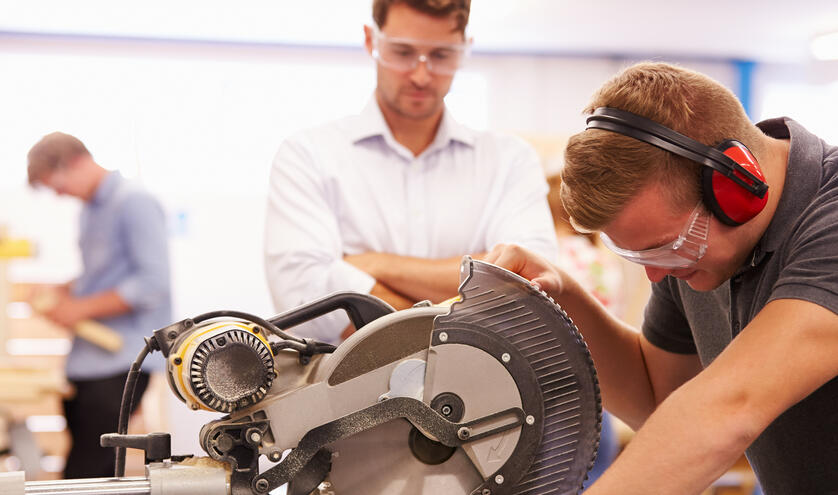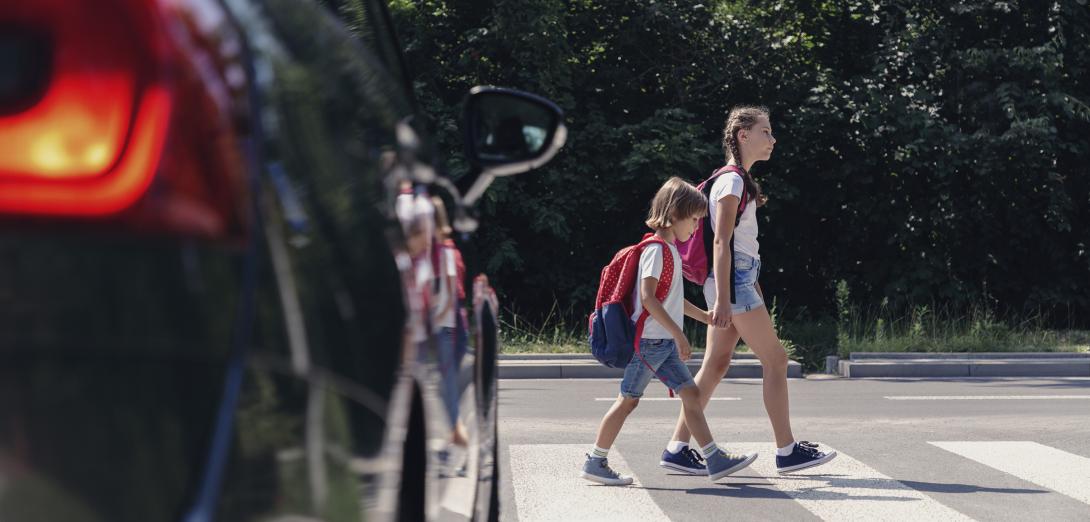Regularly scheduled hazard assessments are important. They help keep everyone at the school safe.
Hazard assessments are best done before workers arrive at school. Often assessments will happen at the beginning of the term.
School divisions create a divisionwide hazard assessment for all their work sites.
Each school creates its own site-specific hazard assessment.
Site-specific hazard assessment
A school’s site-specific hazard assessment includes
- task and activity lists for every job at the school and
- hazard assessments for different parts of the school (for example, science lab or gymnasium).
Workers and supervisors at the school create the site-specific hazard assessment by
- considering all work happening in each area of the school,
- identifying hazards,
- eliminating (or controlling) the hazards and
- communicating the assessment results.
Teachers’ perspectives on school safety are important. Teachers have the right to know the hazards that exist at the school. Teachers have the right to help create the site-specific hazard assessment.
Hazard control
Eliminating all hazards is impossible. Controlling remaining hazards is a priority. Apply controls according to the following hierarchy:
- Engineering solutions to isolate people from the hazard. Controls prevent exposure to hazards. Soundproofing, fume hoods and air conditioning are a few examples.
- Administrative controls that change how people do their work. Changing schedules and locations of certain activities are examples of administrative controls.
- Personal protective equipment (PPE). If engineering and administrative controls fail, teachers might need to rely on PPE. Earplugs, masks and goggles are some examples.
Communication
Communicating hazard assessment results is the school division’s obligation.
All workers need to know how to work in ways that are both healthy and safe. School divisions must
- communicate results and
- keep making sure all work gets done in healthy and safe ways.
All workers at the school must
- follow all the health and safety controls,
- tell the principal right away when a control is not working to control a hazard and
- tell the principal right away when others fail to follow a control.
Doing so will ensure that controls work and help keep hazard assessments current.
Teachers can update principals on health and safety concerns at any time.
Bring your concerns and ideas to the health and safety committee. Committees discuss concerns and share the decisions with all workers at the school.
Communication is key. Principals, as supervisors, must make all assessments and controls available to all workers. Failing to do so means that the school is not compliant with OHS law.
Consider joining your school’s health and safety committee. Get involved and stay involved for the health and safety of your school.


